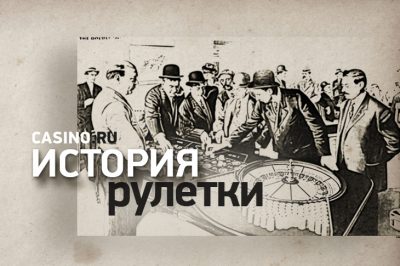
Roulette is a classic gambling entertainment in casinos. Its essence boils down to guessing on which cell the ball will fall. Because of the simple rules and high probability of winning roulette loved many casino regulars. But few people know the history of entertainment. And it is very interesting and holds a lot of mysteries.
- Popular versions of the origin of roulette
- Modernization of the zero
- Stages of roulette development
- Modern period
Popular versions of the origin of roulette
In the world there are many countries and peoples who claim the exclusive right to be considered the authors of roulette. For example, the semblance of this game was in ancient Rome. To predict fate, locals used a round disk on a vertical pin and lots.
North America had its own analog. Ancient Indians used a wolf spinning in a stationary circle to learn the future.
Probably, it is impossible to say exactly who is the creator of roulette. However, there are several common versions that point to the authorship.
Chinese
Perhaps the prototype of roulette appeared a thousand years ago in ancient China. Tibetan monks invented the game, which is a round field, divided into 666 squares. There were 37 animal figures along its rim.
Dominican monks borrowed the game from the Tibetan hermits, only slightly improved it. Statuettes of animals, installed on the edge of the rotating wheel, were replaced by numbers from 0 to 36. Thus the game became the prototype of modern roulette.
French
In the second half of the XVII century in France, the first land-based casinos with gambling entertainment began to appear. In the gambling houses was presented the ancestor of modern roulette – the game hoka.
The first gambling establishments in France opened Cardinal Giulio Mazarini
The first gambling establishments in France opened Cardinal Giulio Mazarini.
Hoka is a circle with 40 holes. Each of them has a serial number. Three cells – zero. In the center of the circle is placed axis with spokes to rotate the wheel. A small ball during spinning falls into a hole and indicates a specific number.
A special rule was in effect for zeroes. If the ball hit the zero sector, the entire bank went in favor of the casino.
Pascal
The most popular theory of the origin of roulette says that the game was invented by the famous French mathematician Blaise Pascal. At the same time, it exists in two varieties, more details about each are described in the table.
| Version | Essence |
|---|---|
| First | In 1655, a mathematician worked on the creation of a perpetual motion machine. During the experiments, the researcher used a wheel with a ball rotating on it. Unfortunately, the scientist never managed to develop a perpetual motion machine. But he received the laurels of the creator of the main attribute of roulette – the wheel. |
| The second | In the 32nd year of his life, Blaise Pascal went to the monastery of Port-Royal, located near Paris. To brighten his reclusive life, he invented roulette. |
Which theory is credible, and which is not, modern admirers of this game can only guess. The history of roulette is still not exactly known.
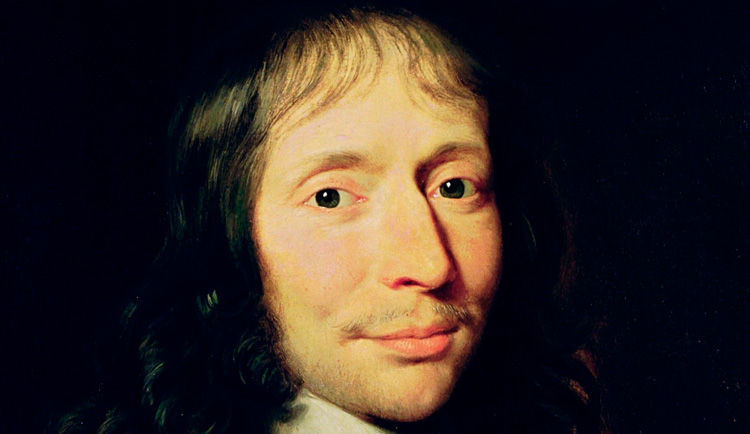
Police
There is an opinion that roulette was created by French policemen. In the XVIII century in Paris actively traded cheats. To prevent their machinations, the head of the criminal police Gabriel de Sartin in 1765 offered instead of cards a new gambling entertainment, namely roulette. It was impossible to cheat players, because the result was determined by chance, and the influence of the human factor was excluded.
Modernization of the zero
Roulette, which became widespread in Europe and the New World, had 38 numbers on the field. Two of them are zeros, which created an advantage for the casino.
The sum of all the numbers on the wheel is 666. Because of this, theories of the mystical origin of the game arose
The sum of all the numbers on the wheel is 666. Because of this, theories of the mystical origins of the game have arisen.
In 1843, the classic amusement was being modernized. Brothers Francois and Louis Blanc developed roulette with one zero, which gave an advantage to players. The invention and the casinos that adopted it, immediately became popular, because the chances of winning for customers became greater. But other gambling establishments quickly went bankrupt.
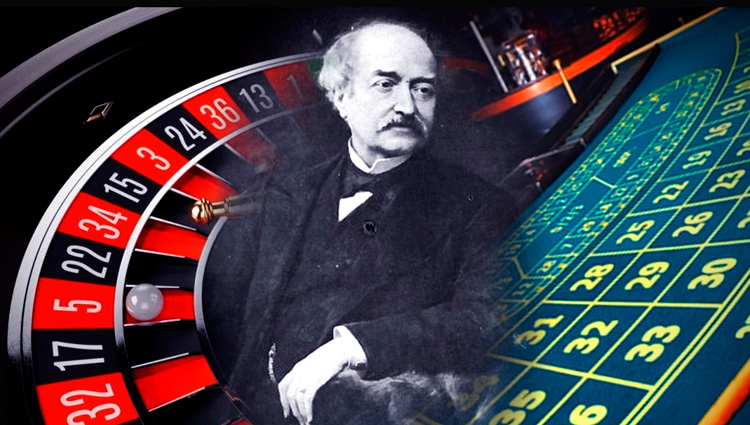
Stages of roulette development
In France, roulette quickly gained popularity among the audience. Visitors gambling institutions it attracted its dynamism, entertainment, simplicity and transparency. Already in the XIX century, this game was found in every respectable casino.
A little later, French emigrants brought roulette to America. It was first seen in New Orleans, then appeared in Mississippi, in the Wild West, gradually covering the entire continent.
The gold rush period is a landmark period for the development of roulette. The game became incredibly popular in California. It was especially loved by gold miners. They, having enriched themselves in a few weeks, looked for entertainment and found it in roulette. Spinning the wheel gave a sense of excitement and did not cause doubts about the honesty of the results.
The French rules seemed complicated to the gold miners. Therefore, soon miners of the precious metal simplified them, and later stopped using French terminology
The French rules seemed complicated to gold miners. Therefore, the miners of valuable metal soon simplified them, and later stopped using French terminology.
Americans turned out to be much greedier than Europeans. Therefore, soon the traditional roulette was modernized. The field consisted of 28 numbers. Three sectors brought income to the casino: 0, 00 and American Eagle. Customers were outraged, because their chances of winning were greatly reduced. The wave of outrage forced the owners to return 36 sectors to the field and remove the American Eagle.
In the XX century there were special electronic sensors that controlled the rotation of the roulette wheel and prevented fraud on the part of the croupier. This ensured the transparency of the gambling process.
The popularity of roulette slightly decreased with the advent of automatomatov. Slot machines captured the attention of casino visitors because they promised big wins for a small fee.

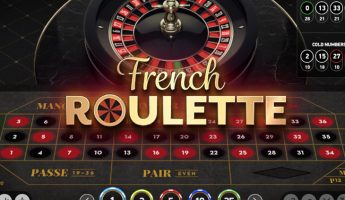
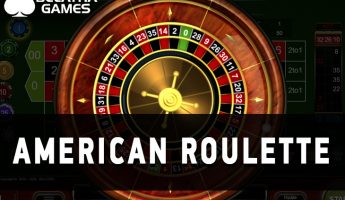
Modern period
Roulette quickly conquered gambling enthusiasts around the world. Today it exists in three main variations:
- European. It has one zero sector.
- French. There is one zero on the field. There are special rules that give advantages to the player and allow you to return part of the bet when the zero sector falls out.
- American. Has two zeros. Because of this casino advantage is 5.26%.
In addition, there is a roulette Bull. It does not have a zero sector, but this variation has not gained wide popularity.
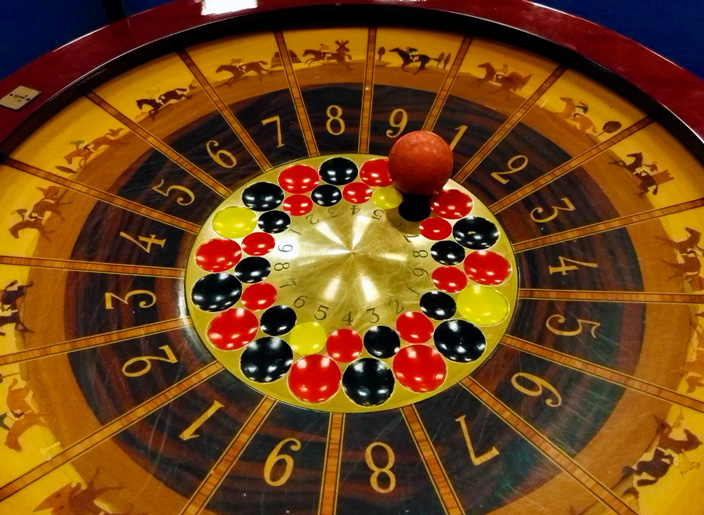
The last stage in the development of gambling is its spread on the Internet. Roulette is presented in many online casinos. You can find it in the section with card and table games.
The online format is very convenient. The user can enjoy the game in a home atmosphere. Internet roulette is based on a random number generator. And those who want to immerse themselves in the atmosphere of a real institution, the live mode is available. In it, the wheel is spun by a live dealer, and the results of spins depend entirely on luck.